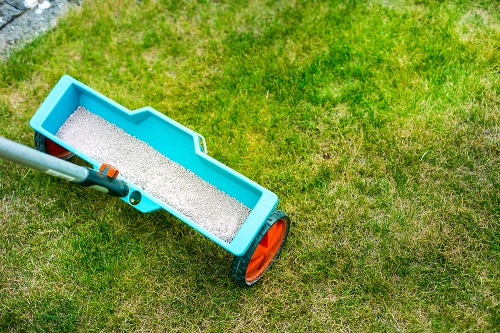
Effective mole removal requires more than just traps – it takes knowledge of how these subterranean critters live. Our lawn care guide covers the basics, from identifying moles to avoiding control methods that could cause more issues and understanding the signs they leave behind when digging in your yard. Get prepared before you start trapping with our advice on successfully removing unwanted backyard guests!
How do moles look like?
Unveiling the mystical mole! Before you try to rid your yard of moles, it’s important to make sure that is truly what creature has made a home there. Make no mistake; one cannot hope for success in trapping a vole with an aimed-for mole trap or gopher bait meant for another target. So how do we identify this subterranean star?
Moles are typically 4 – 7 inches long and have blackish-gray fur without resistance when petting either direction — super helpful while they move backward and forward through tunnels at lightning speed! With their tiny eyes almost invisible on first glance, plus absent external ears, be sure instead to look out (carefully!) for its broad “paddle” feet with sharp claws…and nosey snout – certainly enough elements combined here worthy of giving any onlooker chills as if struck by lightening itself!
Difference between a vole and a mole
Before taking action, make sure you are dealing with the correct critter. Voles and moles can be easily confused due to their similar appearances; however, there is a distinct difference between them! The vole has black eyes, noticeable ears, and usually chestnut-brown fur whereas the mole does not have any visible ears or small eyes. Additionally, voles sport a blunt snout in contrast to mice whose tails tend to equal their body length as opposed to being shorter like those of voles. Hire a lawn care expert if you need professional help.
Lawn Care Tips: Getting Rid Of Moles
Getting rid of moles can be as easy as setting a trap – just make sure to check your local laws first. If you’re not sure, you can always hire an expert in lawn care in Conway! The Victor harpoon or plunger-style traps are the most popular among homeowners, while mole pitfall traps provide an option for those looking to catch their pests alive. For the best chance at success, set up in late fall and early spring when moles are active near soil surfaces.
Harpoon trapping can feel daunting at first. However, if you take the time to read and understand the instructions clearly, success could be just around the corner with a little patience!
Instead of risking an animal’s life, why not build a magnificently sneaky pitfall trap to capture the mole? Though it requires some hard work to construct this clever contraption, you can rest assured knowing that your furry foe will be unharmed. As they venture through their tunnel system and step gingerly into the awaiting trough – mission accomplished!
Mole Removal Methods To Avoid
Before you embark on your mole-removal journey, it’s important to remember that there is a wide selection of home remedies and anecdotal methods available. However, the scientific results are inconclusive – so if rapid removal is what you’re after then these solutions may not be ideal for achieving your goals. Consider all lawn care and maintenance options carefully before deciding which solution works best for you! These are frightening devices, marigolds, fumigants, and flooding.
Call Conway Lawn Care Service now and let our team take care of your yard.
Like our Facebook page for more great info about lawn care and maintenance services.
Conway Lawn Care Service
Conway, SC 29526
843-353-2259
http://conwaylawncareservices.com/

